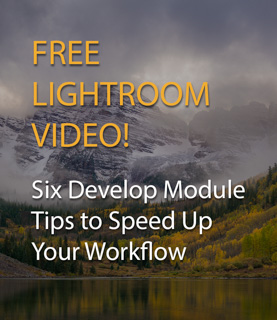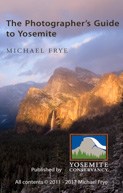Composition
by Michael Frye | Apr 24, 2015 | Composition
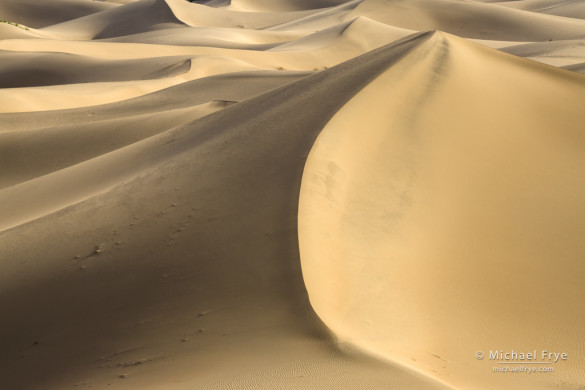
Peaks and curves
Claudia and I just finished a night photography workshop in Death Valley and the Trona Pinnacles with our good friend and assistant Robert Eckhardt. It was so much fun, with a great group of people in some wonderful places.
We made plenty of nighttime photographs of course, but we also got to spend two mornings in the Mesquite Flat dunes in Death Valley, once while scouting before the workshop, and the second time with the group. Both of these visits followed big wind storms the day before, and the dunes were pristine, with no footprints.
(more…)
by Michael Frye | Apr 16, 2015 | Composition

Blue oaks in fog 2, Sierra Nevada foothills
Ansel Adams was quoted as saying, “A good photograph is knowing where to stand.” I’m sure he said this with tongue slightly in cheek – he knew full well that the art of photography was more complex than that. But he was trying to emphasize the importance of putting the camera in the right spot. Not just in the general vicinity, like “F/8 and be there,” but in exactly the right spot, and not an inch to the left, right, forward, back, up, or down.
Compare the two photographs shown here. In the photograph below, I moved left and right to place the three most prominent oaks between the trees behind them. But try as I might, I couldn’t completely separate the foreground and background trees, so I climbed further up the hillside behind me and made the image above. This higher camera position created better spacing and separation between the foreground and background oaks, and a composition I’m much happier with.
(more…)
by Michael Frye | Mar 29, 2015 | Composition
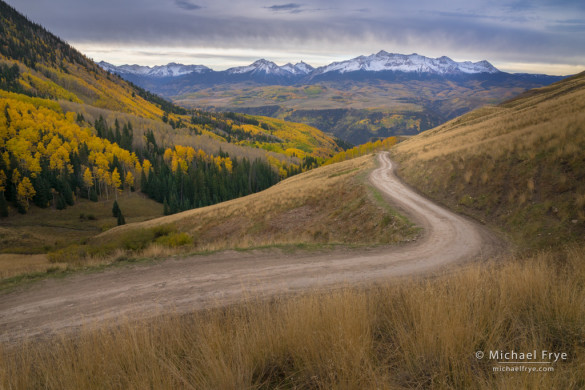
Backcountry road in autumn with the San Miguel Range in the distance, Uncompahgre NF, CO, USA
Varying the focal length of your lens allows you change a composition easily without moving your feet. This is certainly convenient, and sometimes it’s essential: there may be only one suitable camera position, which means changing lenses or zooming is the only way to alter how much of the scene will be visible in your photograph.
But using a wider or longer lens also changes the perspective. Understanding how this works allows you to control the sense of depth in your images.
(more…)
by Michael Frye | Mar 12, 2015 | Composition

Clouds and reflections, Tenaya Lake, Yosemite
Does every landscape photograph need a foreground? Not always. Some of the world’s most memorable landscape photographs lack any foreground – like Moon and Half Dome by Ansel Adams, or Galen Rowell’s Last Light on Horsetail Fall (go to page 2).
On the other hand, many classic landscape images do have foregrounds – prominent ones – like another Ansel Adams photograph, Mount Williamson from Manzanar, or many images by landscape master David Muench.
So how do you know when to include a foreground in your own landscapes? Ask yourself these questions:
(more…)
by Michael Frye | Feb 15, 2015 | Composition, Light and Weather
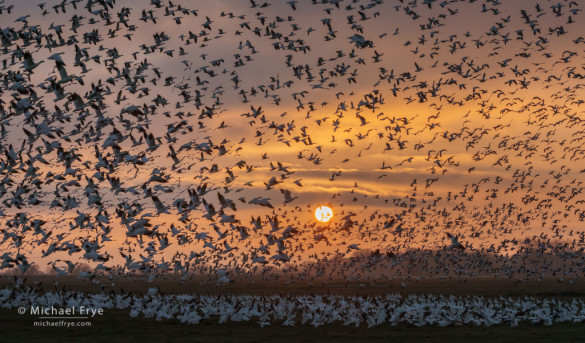
Ross’s geese taking flight at sunset, San Joaquin Valley, CA, USA
It should come as no surprise to any photographer that the interaction between subject and light is important. In fact, I’d say that this interaction is the essence of the whole thing; it’s what photography is all about.
But which comes first? Do you look for an interesting subject, and then find the right light for it? Or do you look at the light first, and then find a subject that fits the light?
I think both approaches can work. But having said that, I almost always think about light first. What’s the light now? What might happen to the light in the next five minutes, ten minutes, hour, or two hours? I try to anticipate how the light and weather might change, decide what kind of subject(s) could work with that light, and only then decide where to go.
(more…)
by Michael Frye | Feb 8, 2015 | Composition
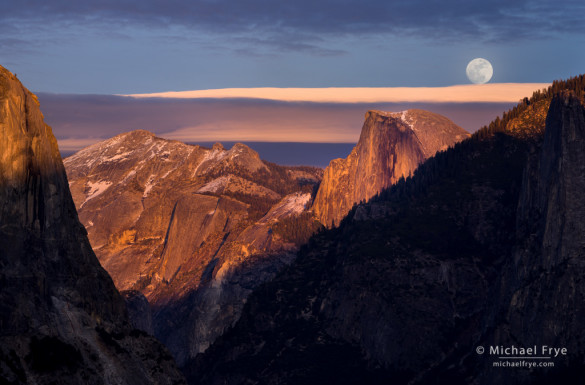
Moon rising above Half Dome from Tunnel View, Yosemite NP, CA, USA
During my workshop in Yosemite last week we photographed a spectacular moonrise on Monday evening from Tunnel View. A band of lenticular clouds hung in the sky in the distance, and just before the moon rose the sun broke through the clouds behind us and lit up El Capitan and Half Dome with vivid shades of orange.
In a recent interview I did for David Johnston and his Photography Roundtable podcast, we talked about using telephoto lenses for landscapes, and how using a longer lens is one way to simplify a composition. I use whatever lens seems appropriate for the situation – the lens that allows me to include all the essentials, but only the essentials. In the photograph above, that meant using my 70-200mm zoom at 183mm in order to fill the frame with the moon, Half Dome, that lenticular cloud, and the v-shaped notch below and to the left of Half Dome.
(more…)







